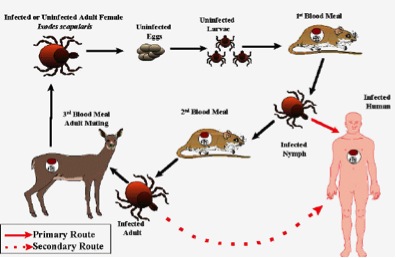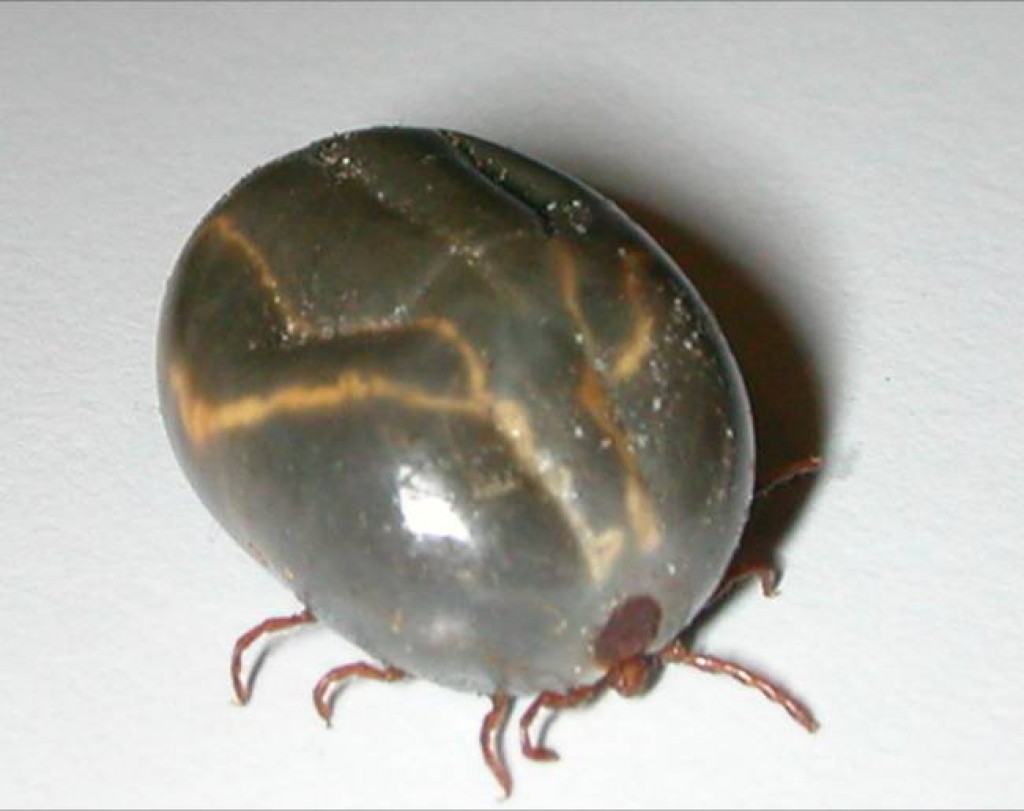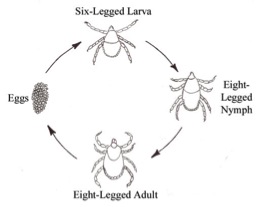tick life cycle nz
Once a tick has reached maturity its sole purpose is to reproduce. When the egg hatches a six-legged larva emerges.
Ticks are a clear illustration of how food works as an energy source.

. If you have poorly-drained pasture your animals are more at risk from picking up ticks as this is a good habitat for them. Egg larva nymph and adult. In veterinary terms the disease is called oriental theilerisosis.
This Figurine Statues Sculptures item by Parasitedis has 34 favorites from Etsy shoppers. It may be best to fence off those areas. The female tick then leaves the host and.
It is called a three-host tick with each of its growing stages - larvae nymph and adult - feeding off separate hosts not necessarily of the same species. Ticks need energy from blood in order to grow develop and lay eggs. The four stages of a ticks life are egg larva nymph and adult.
Tick lifecycles can last upwards of two to three years. Life Cycle of Ticks. Treating ticks before they reach maturity and.
Stages in the Life Cycle of Ticks. Ad Over 27000 video lessons and other resources youre guaranteed to find what you need. The tick life cycle consists of four stages.
A male tick will die soon after mating. In order to progress to successive life stages ticks must successfully feed on a host also known as having a blood meal. The life cycle of a tick is completed after four stages namely egg larva nymph and adult it requires more than a year to complete a full life cycle.
The eggs hatch and six-legged larvae emerge from the eggs. Ticks are bloodsuckers and require a host and its blood to survive molt and reproduce. Once the egg hatches a tick needs a blood meal at each stage in order to survive and continue to grow.
Listed on 30 Jun 2022. Understanding the life cycle of ticks can play a direct role in tick management. Larvae and nymphs have six legs and adult ticks have eight legs.
They usually complete only one cycleyear but in warm conditions may complete more. Hosts can include mammals birds reptiles and amphibians. Cattle ticks spend most of their life cycle in the dark and moist areas of the pasture and only attach themselves to a passing host when they need to feed and complete their life cycle.
Egg larva nymph and adult. This protozoan Theileria orientalis ikeda is the one currently causing problems and spreading south in New Zealand cattle. Aside from its missing set of legs the larva looks a lot like an adult tick.
1 The Egg Stage 1 After the adult female tick has acquired a proper blood meal she mates with the adult male tick leaves the host and searches for a suitable spot to lay her eggs. Once ticks latch onto your cat or dog they typically feed mate and typically feed and mate right on your pet. Female ticks lay eggs.
Depending on the species ticks can live for up to three years during which they go through four distinct life stages. To reach the next stage ticks must feed on a mammal bird reptile or amphibian host commonly referred to as a blood meal. The Life Cycle of a Tick.
Now let us look at their life cycle to get a better understanding. Some survive longer but many die when they fail to find a host to feed. When ready female ticks will fall off your pet where they can lay thousands of eggs in the environment.
Ticks can live without a blood meal for over a year so leaving pasture un-grazed and hoping the ticks will die from lack of food isnt a very practical option. The tick eggs hatch and larvae feed. A ticks life cycle usually lasts two to three years.
Some female ticks lay one large batch of eggs before dying while others will lay a few smaller batches before reaching the end of their life span. The First Stage egg The adult female tick first fulfills a proper blood meal then the process of mating occurs between an adult male and adult female tick. There are many different species of tick in the world but Hlongicornis is the only one found in New Zealand.
Without blood ticks cant do any of this. A tick begins its life as an egg. Ticks hitch a ride and start feeding.
Theileria is a protozoan which acts as a parasite spread by the saliva of ticks as they suck the hosts blood. They consist of the following four stages.
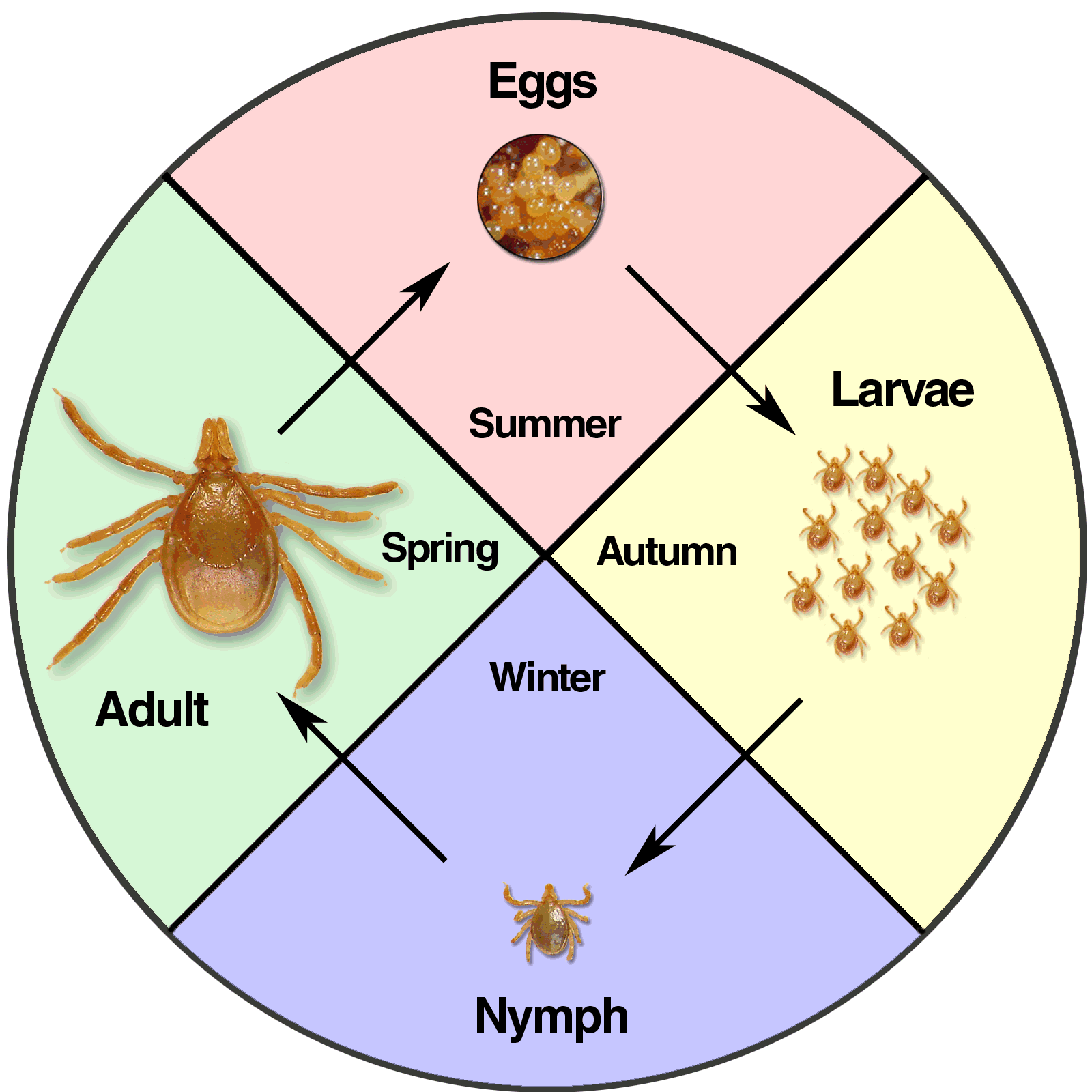
An Overview Of Tick Paralysis Symptoms Treatment And Prevention

Life Cycle Of A Multi Host Argasid Tick Example Is Ornithodoros Download Scientific Diagram
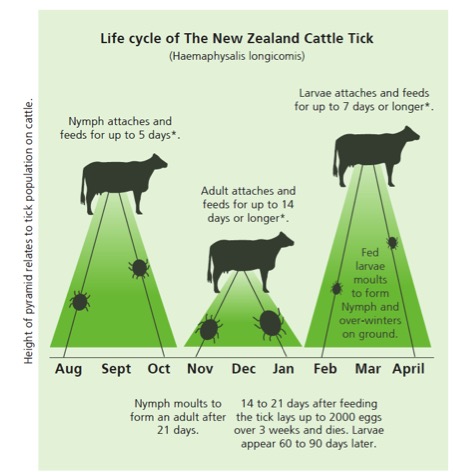
Theileria Emerging Disease In Cattle Vet Centre
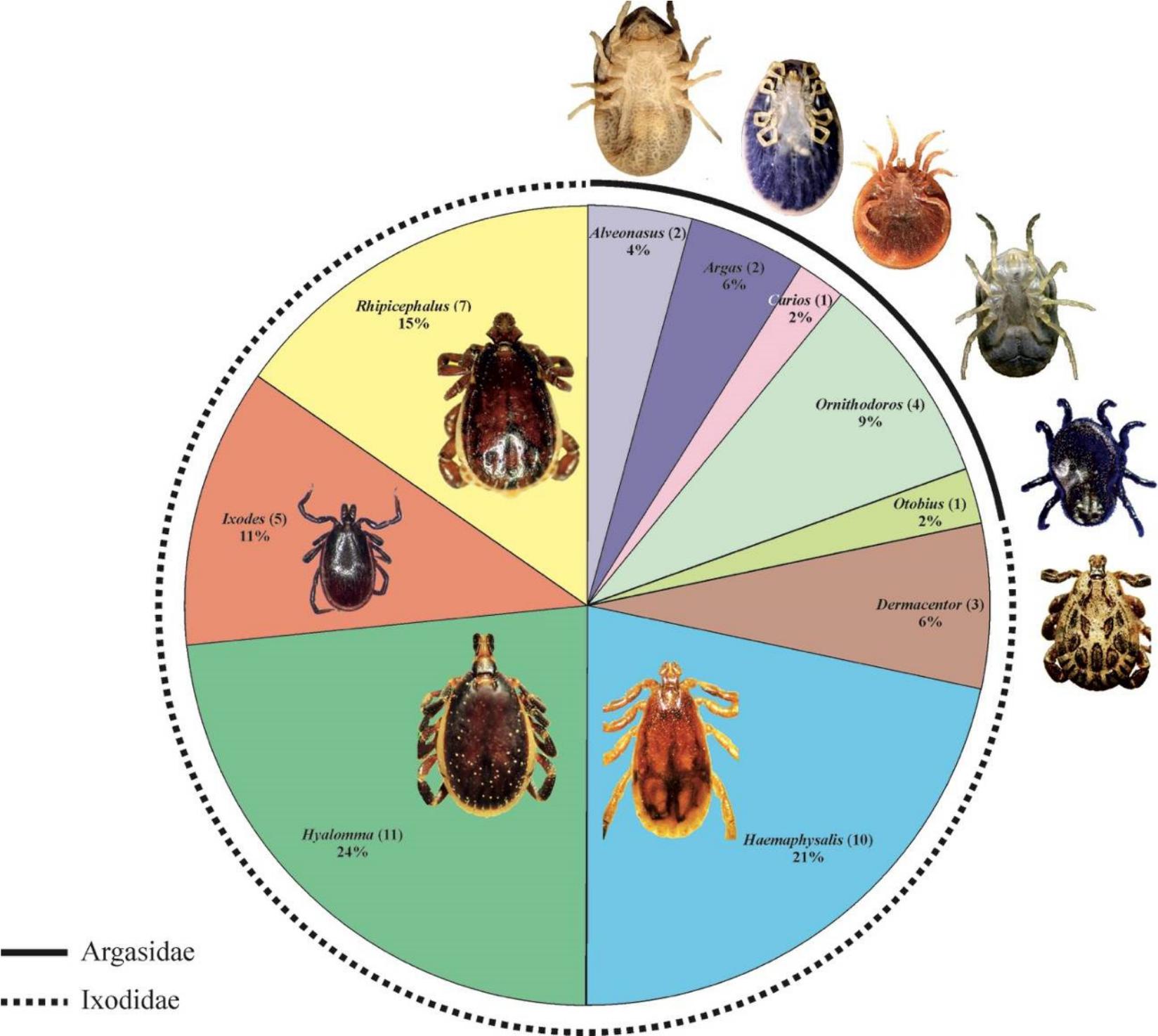
The Updated List Of Ticks Acari Ixodidae Argasidae Occurring In Iran With A Key To The Identification Of Species
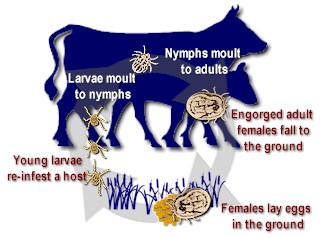
The Biology Of Ticks Parasites Of Livestock Cattle Sheep Goats Pig Poultry Dogs And Cats

The Tick Lifecycle Lyme Tick Borne Disease Testing Statistics

Three Host Life Cycle Of Ixodes Derived From Ref 13 Download Scientific Diagram
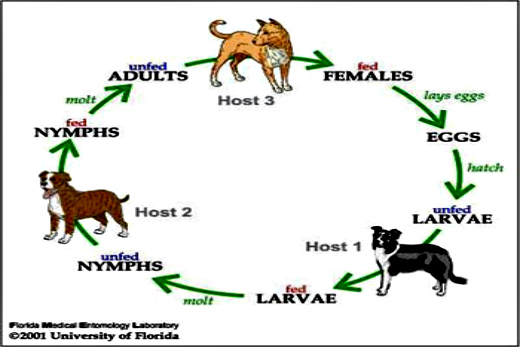
Sunlive Brown Dog Ticks Found In Nz The Bay S News First
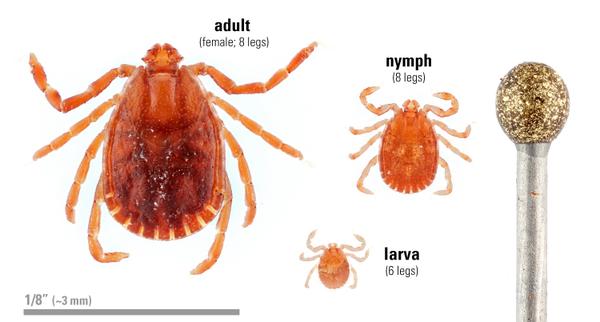
Asian Longhorned Tick Nc State Extension Publications

Life Cycle Of Theileria Parva In Cattle And The Ixodid Tick Vector Download Scientific Diagram

Life Cycle Of Spinose Ear Tick Otobius Megnini Acari Argasidae Infesting The Race Horses In Nuwara Eliya Sri Lanka Sciencedirect

File Three Host Life Cycle Hard Tick Png Wikipedia

Pdf Experimental Aspects Of Life Cycles Of Two Hard Tick Species Rhipicephalus Boophilus And Hyalomma Isaaci Acari Ixodidae On New Zealand White Rabbits
